Build trust through grammar
This is a miniseries of posts on simple methods to build trust with clients. Emerald Data Partners is a trusted IT consultancy that completely manages sensitive networks and computer systems for governments, enterprises, and small businesses.
I’ve got one simple tweak you can make to your written communications that will convey more trust to potential clients, close more deals, and make your client relationships smoother. Ready for it? Use good grammar and clean up your writing style.
I’ll prove it. Let’s say you received an email from your CFO, accountant, or someone with financial sway, and the email read something like this:
We have recieved a great offer today and we need to act fast to secures this deal. Please email me instructions on howe to wire $10,000 to a discrete account. How would you respond?
You’d mark that thing as spam, delete it, and, if you’re really good, report it to your stellar IT team. Why? Because it’s loaded with misspellings and weird phrasings. Bad writing sends a message to the recipient saying you cannot trust me.
We saw this play out back in 2016 when an elaborate hacking scheme successfully netted $80 million in legitimate-looking banking transfers that could not be recovered. But then the group made a critical error in their next round of transfers, transfers that were roughly $800 million. The error? They misspelled the word foundation and accidentally wrote “fandation.” This spelling error was enough to catch the attention of the Federal Reserve in New York who halted the transfers and alerted the bank. Somewhere some criminals could be bathing in nearly a billion dollars in cash if only they had paid a little more attention in their middle school English class. Or at least hired a copywriter to review all their written messages.
If bad writing says you cannot trust me, good grammar says the opposite. It says if I care this much to proofread my email to you, think about how much you can trust me with the details of your most sensitive technology, wealth, or people.
I was at conference earlier this year and struck up a conversation with a wealth advisor who manages hundreds of millions. I asked him how he conveys trust to his clients. “Simple,” he said. “Be nice in person and on the phone, and use good grammar in writing.”
Here are my tips for writing in a way that conveys and builds trust with every interaction.
Write less
Use less words to convey your message. Brevity is a lost art. With time in such short supply, your clients will appreciate you using your time to pare down your message so they use less of their time to understand it. Next time you write an important email, go back through it and try to cut half of the words out. Plus, with less words you are statistically less likely to make errors. Right?
Know your standard
You can’t just make up your own grammar rules. You have to have follow some agreed upon style guide for grammar. Unless you’re a news writer, you should probably be following the Chicago Manual of Style. You can get access to it online, pull the ultimate grammar snob move and buy the hardcover, or get a quick laminated reference guide for your pocket so you can correct other people’s writing on the go. My personal pet peeve? When people interchangeably use the em dash(—) and en dash(-), but that’s another story.
Stop using Grammarly
I get it. I use a spell checker. But if you’re using a one-size-fixes-all tool like Grammarly you’re not doing yourself any favors. There’s no replacement for learning to write, received feedback from trusted people, and actually improving in how you communicate. Trusting in a tool to fix your tone, style, or message if like me putting all my trust in Hallmark to communicate with my wife–it has a place if used sparingly.
Read outside work
Recreationally read something with regularity. Read the newspaper, novels, non-fiction, the Bible, or something, and make a note of how you feel. Yes, feel. Writing conveys emotion. I can write an email about technology applications and use some different words and examples and make the reader feel any range of emotions from fear to hope. Notice next time you read a news article what emotions are elicited from you. That’s not by accident.

